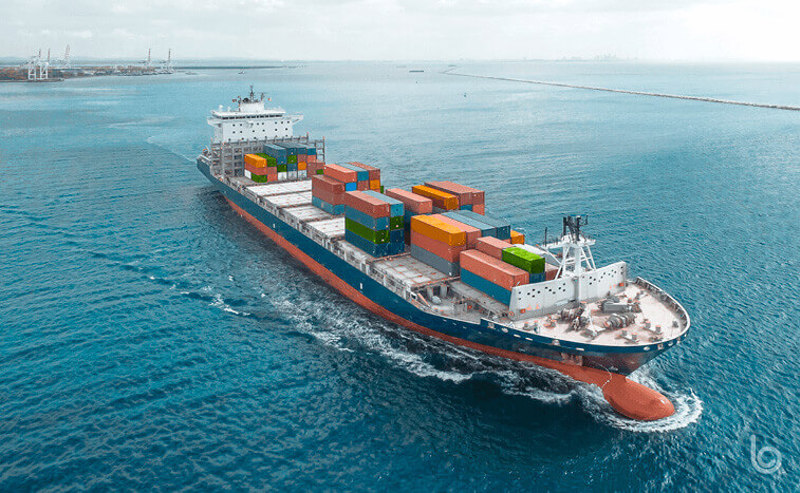We’re less than six months from the start of IMO 2020 — the International Maritime Organization’s new regulations aimed at reducing greenhouse gas emissions, protecting public health and supporting the environment.
Let’s take a look at IMO 2020 and what it means for your supply chain.
What is IMO 2020?
It’s the IMO’s new regulations to trim sulphur oxide emissions from sea vessels by 85 percent. Starting January 1, 2020, the sulfur content in fuel oil used on ships operating in the open sea must be reduced to 0.5 percent, down from today’s limit of 3.5 percent. According to the IMO, “This will significantly reduce the amount of sulphur oxides emanating from ships and should have major health and environmental benefits for the world, particularly for populations living close to ports and coasts.” A study cited by the IMO says more than 570,000 premature deaths will be prevented between 2020 and 2025 by the introduction of the tighter guidelines.
What does IMO 2020 mean for carriers?
The onus for IMO 2020 compliance falls on carriers. Fleets will meet the new emissions requirements through one of three methods:
- Switch to low-sulfur fuel — This is the most likely option, although there is lingering concern whether refineries can produce adequate supply to meet demand for the fuels.
- Purchase and install “scrubbers” — This emission-cleaning technology removes pollutants from the ship’s exhaust, allowing them to continue using existing fuels.
- Use liquified natural gas (LNG) — This is a longer-term solution that will require fleet retooling and increased distribution infrastructure.
What does IMO 2020 mean for shippers?
While there’s a great deal of uncertainty going into IMO 2020, two things appear certain: there will be price volatility and service disruptions with any seagoing freight. While major oil providers have announced they are producing low-sulfur fuels, there are concerns that demand will significantly outstrip supply, driving fuel costs upward — costs that will be passed onto shippers. Additionally, inadequate supply of low-sulfur fuels could lead to service disruptions, as could the large number of ships removed from service for the installation of scrubbers.
What can shippers do today to plan for IMO 2020?
Shippers should optimize what is within their control. Inevitably, there will be disruptions — so how can you optimize around them, and control those things that can be controlled?
A digitized supply chain — providing visibility, enabling optimization and creating platforms for multi-party collaboration — can help with adjustments. Is there inventory that can be utilized more quickly and/or cheaply than freight from overseas? Conversely, if you have visibility into delays, what’s the best alternative?
Regulations such as IMO 2020 can move us toward more-sustainable, purpose-driven supply chains — visibility and optimization technologies will help shippers navigate uncertainties as they are implemented.
contact us
Contact Us

